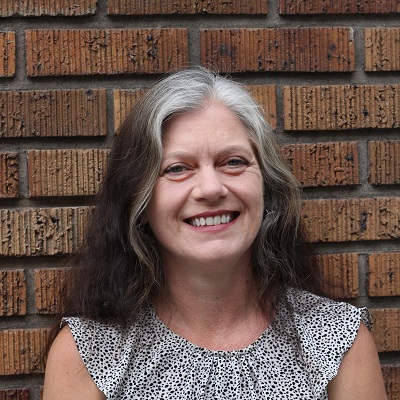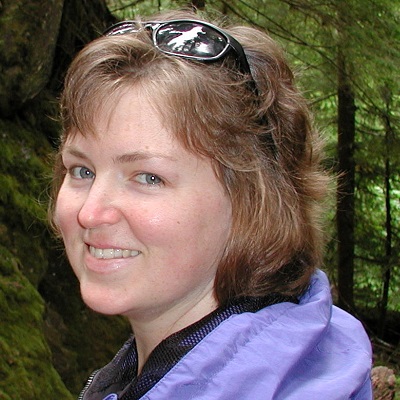- About NAEP
- Membership
- NAEP Chapters
- Working Groups
- Events and Programs
- Awards/Scholarships
- Resources
Cultural ResourcesLessons Learned from the Washington State Convention Center SEPA/NEPA EIS ProcessHeather Lee Miller, Michele Sarlitto, and Alexander StevensonTuesday, May 21 About the SessionThis session revolves around lessons learned during the SEPA/NEPA EIS processes for a proposed 2.6-million square ft. facility—the Washington State Convention Center Addition—in downtown Seattle. By far the largest development project currently underway in the city, the project encompasses 7.6 acres and proposes not only a massive addition to the current convention center but also potential codevelopment consisting of a 29-story residential tower and a 16-story, 585,000 square ft. office tower. In addition to complex land-use approvals, the project required vacation of five public rights-of-way and a long-term Washington State Department of Transportation/Federal Highway Administration (FHWA) airspace lease for the building’s extension over a portion of Interstate 5. Comprehensive Draft and Final EISs evaluating eight alternatives ranging from roughly 1.4 to 2.6 million square ft. and analyzing 17 broad range of environmental parameters were prepared for the proposed development to comply with the State of Washington’s State Environmental Policy Act (SEPA) and the National Environmental Policy Act (NEPA). In addition to the complexities addressed in the EIS process overall, a change midstream in the SEPA process include NEPA—and the National Historic Preservation Act Section 106 trigger this change initiated—added a larger-than-anticipated cultural resources overlay to the consultation process. An expanded area of potential effects (APE) led to increased focus on both archaeological and architectural resources that the proposed project might affect, and cultural resources concerns were particularly vexing in Seattle’s urban environment. Definition of the APE by FHWA in coordination with WSCC took place over the course of 1.5 years. Public benefit commitments including lighting, bike paths, and funds for affordable housing were all of concern to the Washington State Department of Archaeology and Historic Preservation (DAHP), and the need to address these concerns resulted in the development of a programmatic agreement that lays out monitoring and mitigation for various potential and known effects. Subsurface archaeological exploration in this heavily developed APE was performed using geotechnical methods and greatly reduced the need for archaeological monitoring. HRA developed a robust inadvertent discovery plan and archaeological treatment plan to reduce schedule impacts that often result from archaeological discoveries. About the Presenters
Heather Lee Miller joined HRA in 2005 and works in both HRA's History and CRM divisions on projects related to cultural resources management, Section 106/110 and NEPA/SEPA compliance, the development of historic contexts, inventory and evaluation, and mitigation reports, in addition to litigation support. From 2007–2015, she served as the lead of HRA’s above-ground history program (a subsection of HRA’s Cultural Resource Management division) while also working on complex research and writing projects pertaining to environmental and tribal litigation. She also works on HRA’s Next Exit History heritage tourism app. An effective project manager with a strong grasp on cultural resources compliance and history as well as an eye for detail, Dr. Miller also has exemplary research, writing, and editorial skills, having worked for over two decades in scholarly journal and book editing. Miller has served as HRA’s marketing director since 2014 and was made Vice President of Business Development in 2018.
Michele Sarlitto, Senior Planner, has over 27 years of public and private sector land use planning and project management experience with emphasis on the environmental review process (State Environmental Policy Act [SEPA] and National Environmental Policy Act [NEPA]) and project entitlement/permitting (federal, state, and local) throughout the Pacific Northwest. She has managed and prepared over 275 environmental documents under SEPA and NEPA for projects associated with convention center facilities, area-wide planning for cities and major institutions, commercial development, redevelopment, public and private-sector housing, major transportation facilities including commuter/light rail/monorail and marine/ferry terminal facilities, industrial complexes, residential and mixed-use developments, parks, recreation, and resort projects, comprehensive plans, annexations, U.S. Forest Service projects, critical/sensitive areas, and mining operations in Washington, Oregon, and Alaska. Ms. Sarlitto’s expertise includes project management/ coordination, coordination of teams of technical consultants and environmental studies in support of SEPA and NEPA documentation for geology/soils, groundwater, stormwater runoff/drainage, wetlands, streams, wildlife habitat, air quality, greenhouse gas emissions, noise, transportation, historic and cultural resources, and visual assessment. She has managed the public involvement process for projects including coordination of agencies, community advisory committees, and community groups; conducted public meetings and workshops; prepared community newsletters; participated in public presentations, public meetings, and hearings; and coordinated project scoping. She also has experience in preparation of scoping documents and threshold determinations. She skillfully accomplishes the myriad of tasks required to successfully complete the environmental documentation and entitlement process for projects.
Alexander Stevenson has over 14 years of experience working as an archaeologist and project manager on projects primarily in the Pacific Northwest, but this experience includes recent projects in Colorado, Arkansas, and California. In Washington state his working relationships with DAHP staff have proved useful in resolving potential issues on numerous local, state, and federal cultural resource compliance project. Using his knowledge of local archaeology, geology, and cultural resource regulations in Washington State, Mr. Stevenson enjoys creating creative solutions to complex cultural resource problems, especially in urban environments. |

 Heather Lee Miller, PhD (Moderator)
Heather Lee Miller, PhD (Moderator) Michele Sarlitto
Michele Sarlitto  Alexander Stevenson
Alexander Stevenson

